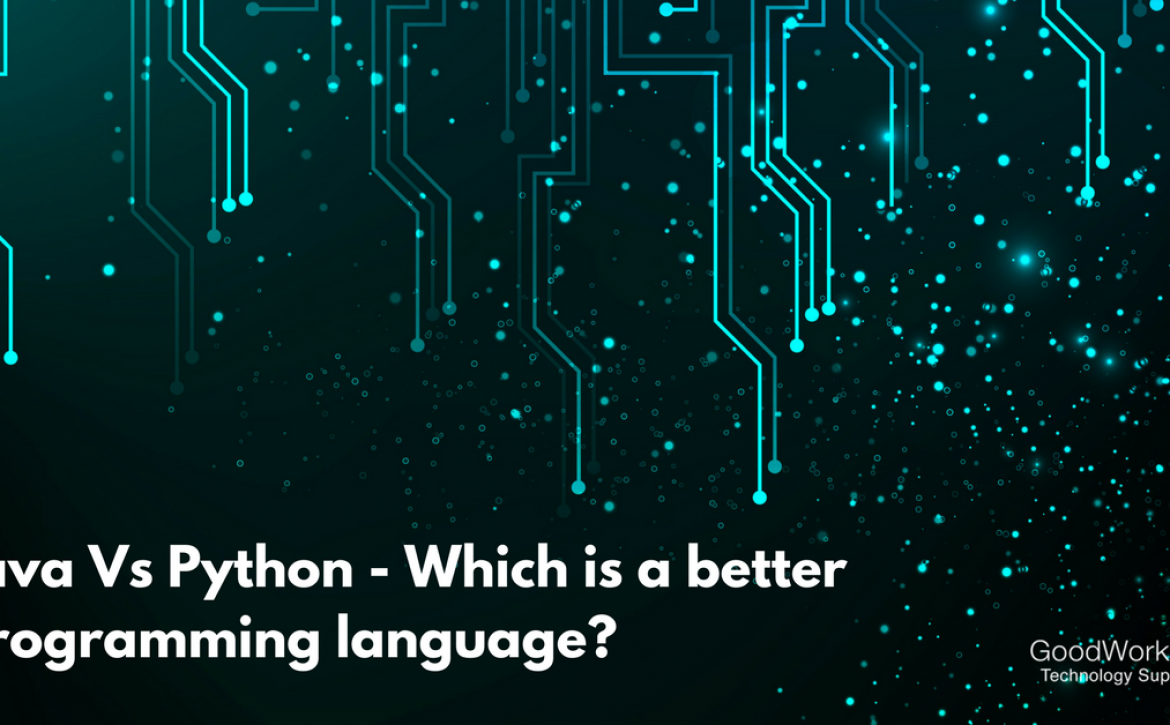10 Kickass Advantages Of Python
Python – The Coder’s Marathon Tool
Python is a general-purpose interpreted, interactive, object-oriented, and high-level programming language. It was created by Guido van Rossum during 1985- 1990. Like Perl, Python source code is also available under the GNU General Public License (GPL).
Today, we bring to you 10 advantages that you might have not known about Python.

1. Easy Syntax
Python’s syntax is easy to learn, so both non-programmers and programmers can start programming right away.
2. Readability
Python’s syntax is very clear, so it is easy to understand program code. (Python is often referred to as “executable pseudo-code” because its syntax mostly follows the conventions used by programmers to outline their ideas without the formal verbosity of code in most programming languages; in other words syntax of Python is almost identical to the simplified “pseudo-code” used by many programmers to prototype and describe their solution to other programmers. Thus Python can be used to prototype and test code which is later to be implemented in other programming languages).
3. High-Level Language
Python looks more like a readable, human language than like a low-level language. This gives you the ability to program at a faster rate than a low-level language will allow you.
4. Object oriented programming
Object-oriented programming allows you to create data structures that can be re-used, which reduces the amount of repetitive work that you’ll need to do. Programming languages usually define objects with namespaces, like class or def, and objects can edit themselves by using keyword, like this or self. Most modern programming languages are object-oriented (such as Java, C++, and C#) or have support for OOP features (such as Perl version 5 and later). Additionally object-oriented techniques can be used in the design of almost any non-trivial software and implemented in almost any programming or scripting language. (For example a number of Linux kernel features are “objects” which implement their own encapsulation of behavior and data structive via pointers, specifically pointers to functions, in the C programming language).
Python’s support for object-oriented programming is one of its greatest benefits to new programmers because they will be encountering the same concepts and terminology in their work environment. If you ever decide to switch languages, or use any other for that fact, you’ll have a significant chance that you’ll be working with object-oriented programming.
5. It’s Free
Python is both free and open-source. The Python Software Foundation distributes pre-made binaries that are freely available for use on all major operating systems called CPython. You can get CPython’s source-code, too. Plus, you can modify the source code and distribute as allowed by CPython’s license.
6. Cross-platform
Python runs on all major operating systems like Microsoft Windows, Linux, and Mac OS X.
7. Widely Supported
Python has an active support community with many web sites, mailing lists, and USENET “netnews” groups that attract a large number of knowledgeable and helpful contributes.
8. It’s Safe
Python doesn’t have pointers like other C-based languages, making it much more reliable. Along with that, errors never pass silently unless they’re explicitly silenced. This allows you to see and read why the program crashed and where to correct your error.
9. Batteries Included
Python is famous for being the “batteries are included” language.
There are over 300 standard library modules which contain modules and classes for a wide variety of programming tasks.
10. Extensible
In addition to the standard libraries there are extensive collections of freely available add-on modules, libraries, frameworks, and tool-kits. These generally conform to similar standards and conventions; for example almost all of the database adapters (to talk to almost any client-server RDBMS engine such as MySQL, Postgres, Oracle, etc) conform to the Python DBAPI and thus can mostly be accessed using the same code. So it’s usually easy to modify a Python program to support any database engine.



















